John Gray
Advisor: Brian T. Rex
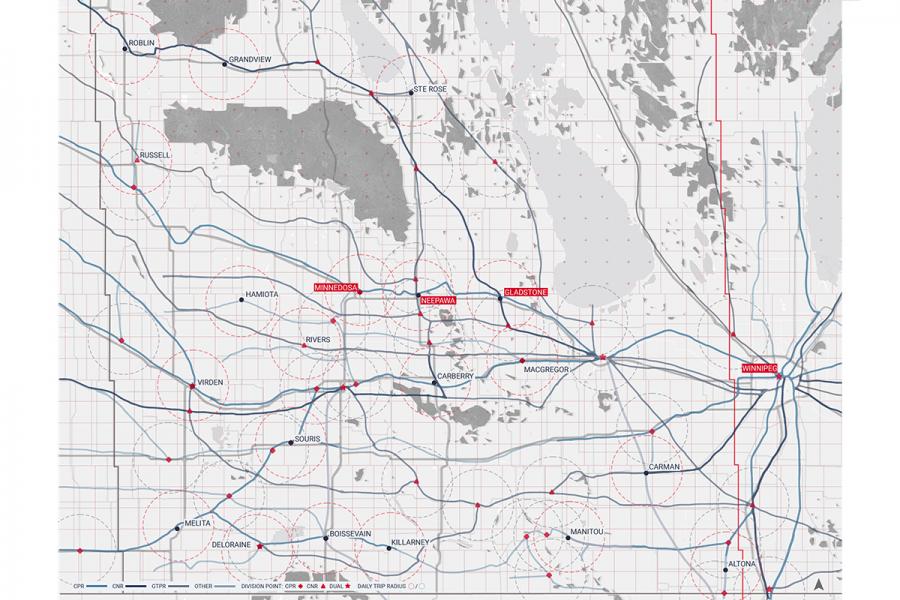
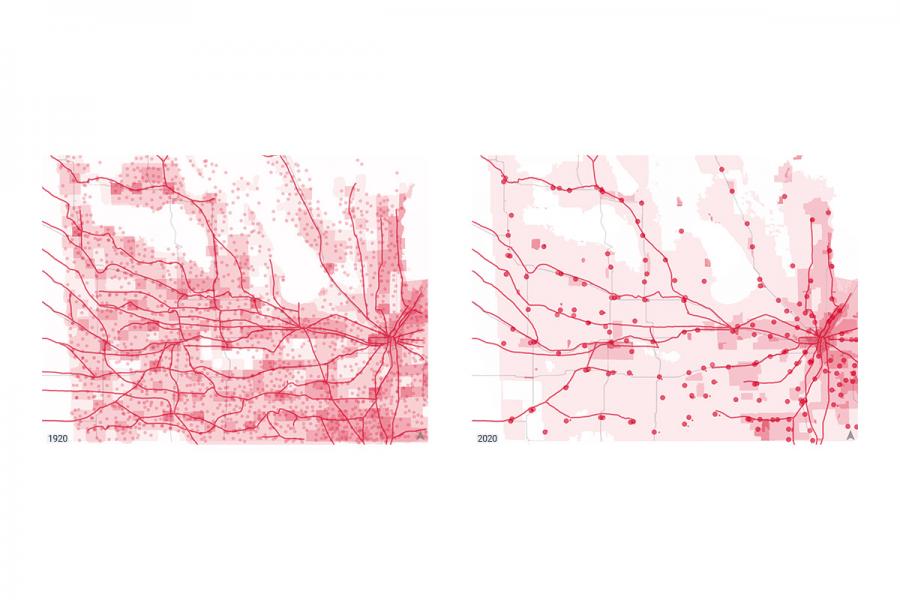
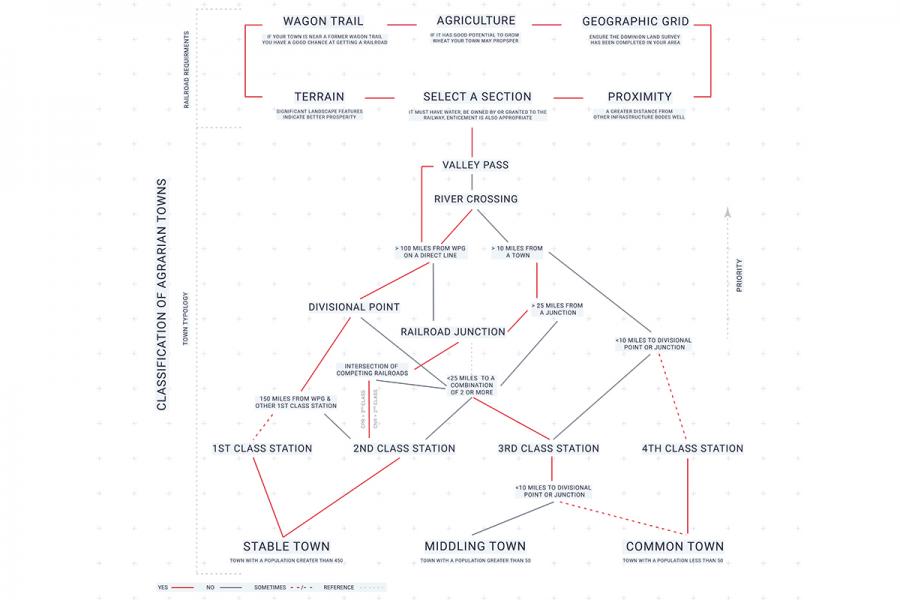
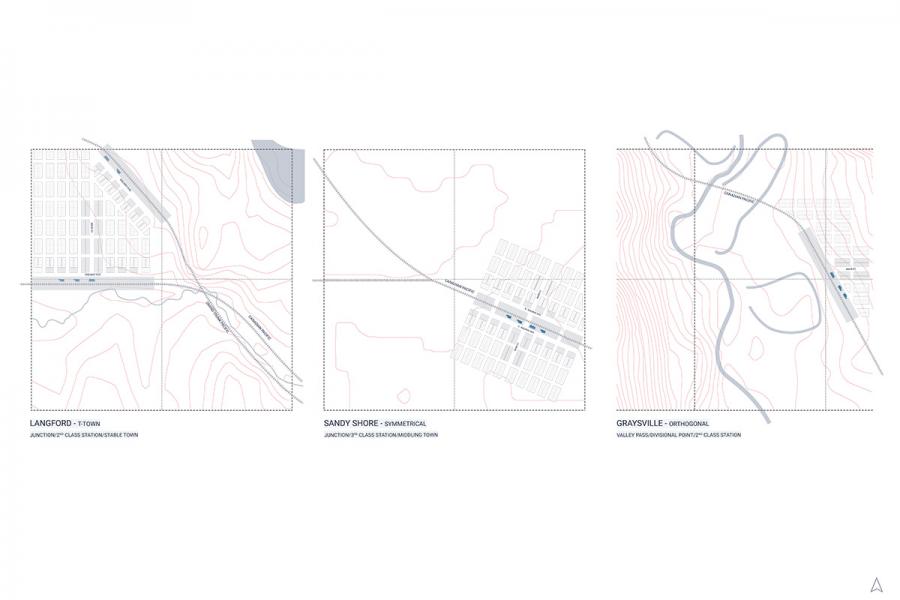

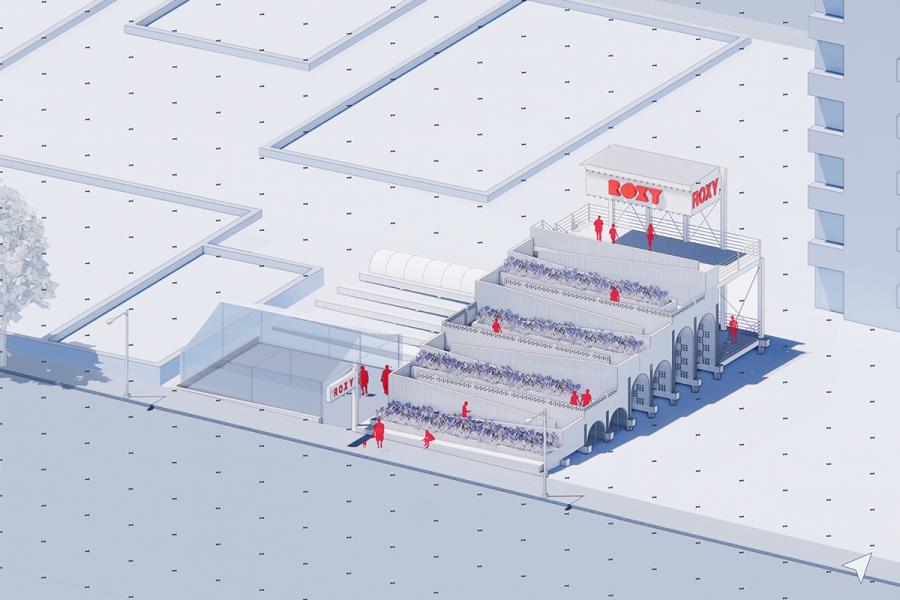
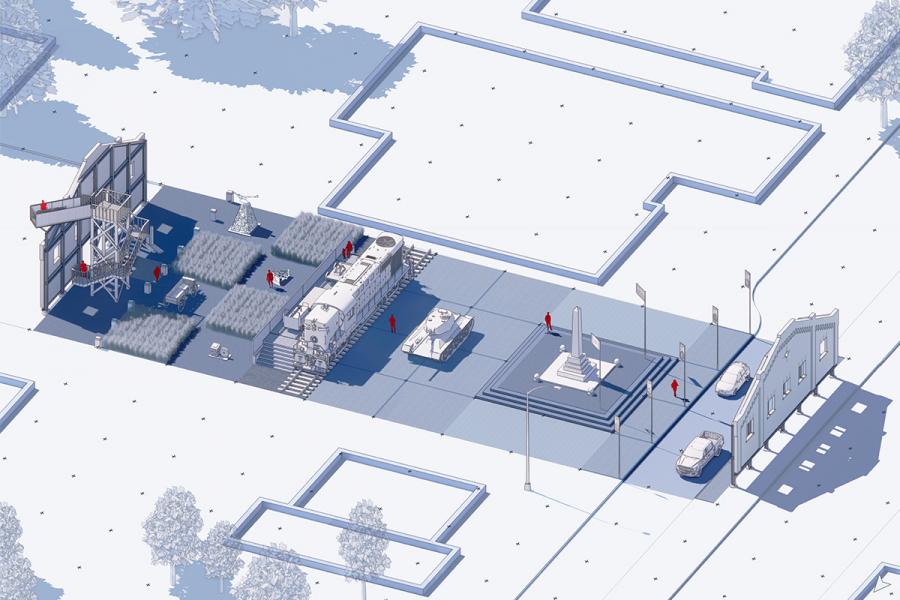
Entropy as Ruination: The Traces of Growth and Decay in Rural Manitoba
All material things we make undergo entropy, a natural process that counteracts the order of the material world. Entropy is intense pressure on ordered materials to decay and dissolve into an unordered continuity of stasis. Architectural ideations are often static depictions that disregard the entropic eventuality of our places, conceptualizing our built environments in the time of construction up to the moment of occupation.1 This emphasizes architectural practice as culminating in the momentary state prior to occupation yet still unaltered by time. Through the pressures of entropy our built environment succumbs to decay, falling into ruination. The ruin reflects a historical past providing a basis for future habitation.
The Manitoba prairie is a collection of rural towns along railways stretching west from Winnipeg that are picturesque in their contemporary state. The arrival of the railroad supported rapid colonization and rampant speculation dictating the habitation of the landscape. Since then, most minor prairie communities have declined feeding into the metropolis and its satellites, thriving on amalgamation and continued growth. As settlement patterns changed the prairies slipped into obsolescence and agrarian towns fell into ruin from neglect and disuse, shaping the contemporary state of these towns.
The prairie landscape becomes a collection of physical and immaterial history with the passage of time. The entropic process guides the prairies into a gradual decline, trading physical traces for immaterial layers of experience and memory. To imagine architecture in this environment one must conceptualize the continuing decay of a place that settled rapidly and has since been reshaped by the forces of agricultural technology, economics, and consolidation directing these places into an advanced entropic state. This thesis explores a design process that is not generative but degenerative in nature, speculating on the genesis, trajectory of settlement since 1870 and the future habitation of towns in rural Manitoba. How do we acknowledge the existence of entropy in the physical and immaterial traces of growth and decay in the urban fabric of the Canadian Prairie?
1 Goffi, Federica. “Prologue” in Time Matter(s): Invention and Re-Imagination in Built Conservation: The Unfinished Drawing and Building of St. Peter’s, the Vatican (Farnham, Surrey, England: Ashgate, 2013) 12.
